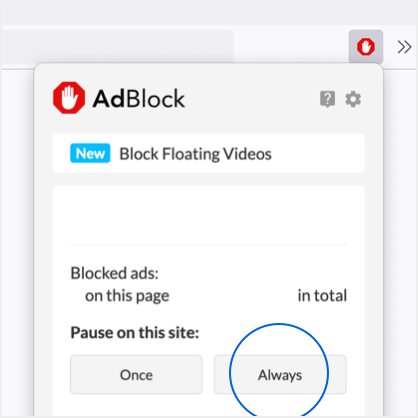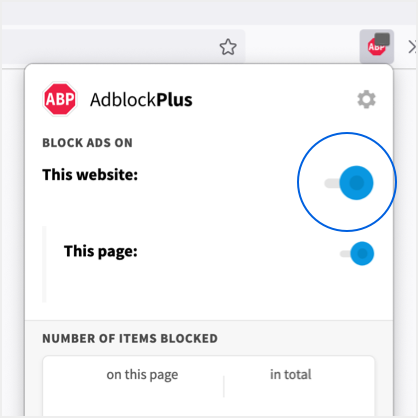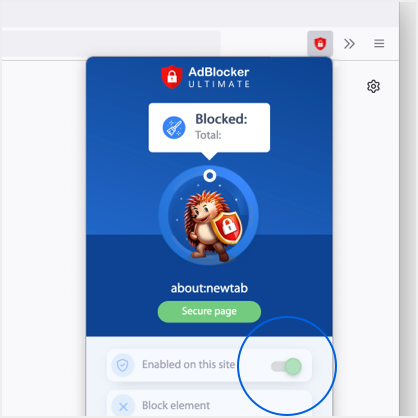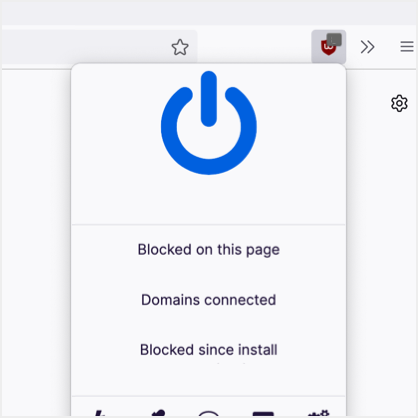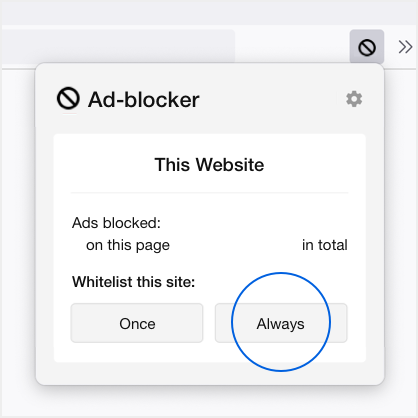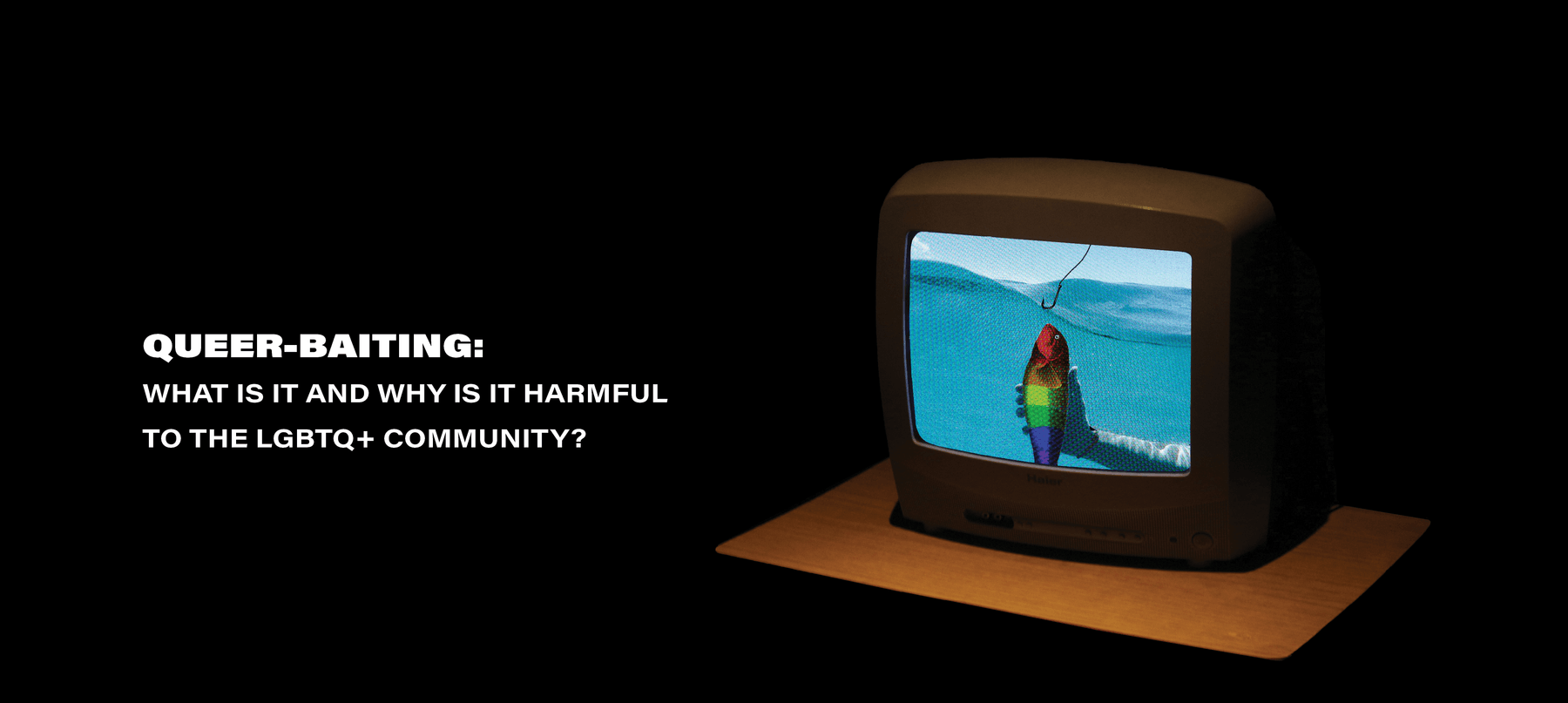
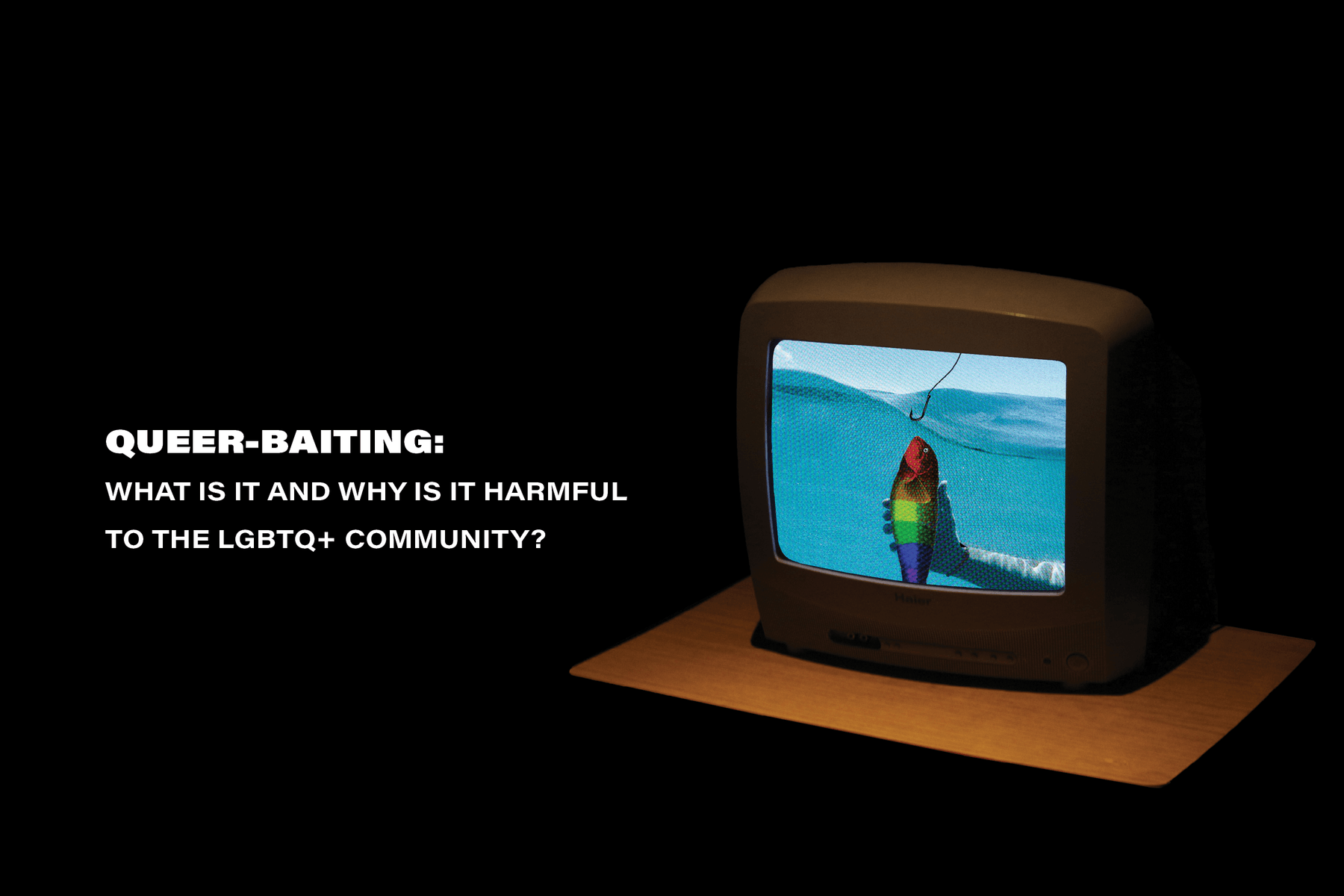
In case you’ve ever wondered what the best way to catch a lesbian is, I will tell you: an expertly cut teaser for a television episode that highlights queer subtext and dangles before her hungry gay heart a potential lesbian storyline. The LGBTQ+ community is more than familiar with this term, but for those who are not, this is called queer-baiting. The term means exactly what it sounds like – it is a strategy (and an effective one at that) used to bait and tease queer individuals into watching a particular show. It’s a marketing ploy more than anything.
That sounds silly, you might say. That doesn’t work. Who in their right minds would watch a show and get invested in a program, just because there is the briefest whiff of potential lesbians on the series? The answer is: more people than you could ever imagine. Picture this scenario – a baby dyke is watching television at home. Maybe she has told her friends that she’s experimenting. Maybe she’s told her best friend that she might like girls. Maybe she is still deeply closeted and has not even admitted to herself that she is different. No matter the stage she is at in terms of discovering her sexuality, one thing is clear: when she sees queer representation on TV, she sees herself. That moment when she sees two women on her television screen at home – maybe they are flirting, maybe they are embracing, maybe they are kissing – she feels seen. She feels understood. She feels less alone and for a fleeting second, she accepts herself and knows that others are going through the exact same thing.
Queer-baiting is dangerous because it unravels this scenario. It invalidates it. For every moment that you feel understood, a sinking feeling of confusion takes its place when you realize that these women are not queer at all – they are simply part of a gratuitous storyline that has tricked you into feeling invested. The two female characters who have time and time again exchanged glances of longing as their hands brush against one another, have maybe drunkenly exchanged a kiss to only laugh it off in the morning, they are consistently used to hint at a lesbian storyline, only for the plot to run in circles, go nowhere and then eventually fizzle out. More often than not, one (or both) of the women eventually fall for the male heroes and that’s that. Lesbian experimentation, done.
XENA: THE ORIGINAL QUEER-BAIT
“Examples,” you say. Why yes, I have many. Let’s start with The Originals, the greatest lesbian queer-bait of all time: Xena and Gabrielle. Although Lucy Lawless (who played the titular character in Xena: Warrior Princess) confirmed with Stellar Magazine in 2019 that the two leading ladies were indeed a gay couple and in love, the show in its six-season run had never actually addressed their romance. Of course, television was a much different time in 1995 when the show first aired, but the confusion surrounding the two heroines was still undoubtedly perplexing and equally misleading – and just as resonant today.
On the one hand, the two women obviously shared an intimate female friendship as companions, two strong warriors fighting evil together. On the other, the relationship begs the question of why it was even necessary to create these scenes of intimacy and in some instances, scenes that bordered on female homoeroticism, if it was never the intention of the studio to showcase a queer storyline. Was it to attract gay viewers without actually committing to representation? Was it to push the boundaries of network television without breaking any rules? (Actually, executive producer and co-creator Rob Tapert told EW in 2016, “The studio was so concerned that it would be perceived as a lesbian show that they would not allow us to have Xena and Gabrielle in the same frame of the opening titles.” Um…okay.) We don’t actually get a straight answer (no pun intended) for these questions, but Tapert does go on to provide some convoluted explanation of how the (abusive) relationship between Xena and Ares was far more important. Great.
I’m glad that the show runners understood the complexities of the two heroines’ relationship, but I can’t help but feel like this admittance comes off a bit opportunistic. Tapert had essentially admitted that he knew that their relationship was titillating. It raised eyebrows and enticed audiences. In particular, the queer community was watching with bated breath – would Xena and Gabrielle finally profess their love for one another? Would they act on it? Alas no, they would never. The best that the queer community will receive is a nostalgic confession from the co-creator more than a decade later essentially admitting that yes, Xena and Gabrielle could have been lesbians but no, they could never have made that happen.
QUEER-BAITS OF THE DECADE
Moving on. Let’s fast forward to July 12, 2010. The first episode of Rizzoli & Isles airs and thus the world is introduced to the greatest lesbian show about two women who aren’t actually lesbians (the writers and cast even admitted to TV Guide that they exaggerated the lesbian subtext for viewership reasons). In the years that follow, a slew of other shows would be accused by the LGBTQ+ community of being guilty of queer-baiting: Myka Bering and H.G. Wells from Warehouse 13, Annalise Keating and Bonnie Winterbottom from How to Get Away with Murder, and of course the gay Internet’s favorite lesbian non-couple meme: Eve Polastri and Villanelle from Killing Eve.
Although the circumstances certainly differ in each case, the underlying issues are the same: despite being treated as non-pivotal to the storylines, moments of queer subtext are used for promotional purposes. I, myself, have fallen for them numerous times. In the case of Warehouse 13, the relationship between Bering and Wells is nothing short of frustrating. Right up until Wells’ departure from the show, the scenes between the two are filled with endless flirtation and coy rapport. In the end, nothing materializes from hours upon literal hours of suggestive behaviour. Of course, things get murky when one of the characters is an established queer-identifying woman, as is the case with How to Get Away with Murder and Killing Eve (I’m going to give the latter a free pass here though, since Villanelle is a queer icon and her complex relationship with Eve is actually integral to both the storyline and character development).
Having watched the former since Season 1, I was pleasantly surprised when the show established in Season 2 that Annalise Keating is bisexual, revealing that she had a long-term, romantic relationship with death row attorney, Eve Rothlo (played by Famke Janssen) before marrying her husband, Sam. The revelation was natural and not forced. However, it is the relationship between Annalise and Bonnie Winterbottom that has been an object of contention throughout the show’s run – it remains unclear to this day whether Bonnie’s love for Annalise is actually platonic or romantic. They constantly (and I mean, constantly) profess their love for one another. They even share a kiss in Season 3 after an evening of emotional distress. Up until the kiss, I could understand the narrative. Bonnie owes her life and livelihood to Annalise. She sees her as her saviour. For her, it is difficult to differentiate feelings of adoration and romance, and this inner dialogue plays out for the first couple of seasons. When the kiss happens, it doesn’t make sense.
Like most viewers, I had never actually considered that anything between Annalise and Bonnie could ever happen because again, it just didn’t make sense given the storyline up to that point. There was no build-up to a prospective romance and after the kiss, there certainly was no further exploration of their potential non-platonic relationship. The kiss seemed superfluous and inessential. And herein lies the main issue of most queer-baiting techniques: the relationship comes off as an afterthought and is callously thrown into the storyline without exploring the typical nuances that are given to heterosexual relationships. Due to the nature of queer-baiting, it is not surprising that these sorts of story arcs are often introduced when there is a dip in viewership. It is as if the gays are perceived to be a hidden demographic to tap into, a last resort plot twist within an unspoken arsenal of shocking surprises to attract new viewers, alongside unexpected deaths and secret twins.
THE GOAL IS EQUALITY
If we are to examine the role of media, the goal should be equality. If you can spend several seasons exploring the tumultuous relationship between Blair Waldorf and Chuck Bass, the writers of Gossip Girl certainly could have dedicated a bit more time to Eric van der Woodsen before eventually writing him off after Season 4. In fact, The CW is probably one of the worst offenders when it comes to queer-baiting. Sure, they’ve painted a seeming portrait of progressiveness by introducing a wide range of characters into their shows, but the storylines are almost laughably underdeveloped in comparison to their cis white (and usually straight) counterparts.
While expecting applause for their “diverse” casts, the typical display of inclusive smoke and mirrors reveals a more significant reality: the queer characters are cast to the sidelines with occasional sex scenes and an endless exchange of “Thanks, babe” and “What’s wrong, babe?” conversations. Riverdale, we’re looking at you. Cheryl Blossom and Toni Topaz. Kevin Keller and Joaquin DeSantos. Kevin Keller and Fangs Fogarty (still trying to figure out how this one happened). Pretty much Kevin Keller and anyone, to be honest. Elsewhere on The CW, Supergirl continues the network’s foray into the superhero genre while introducing viewers to two of the more recent transgressors of queer-baiting: Kara Danvers and Lena Luthor.
The sexual tension between the women is palpable. For those who are still not convinced that queer-baiting actually exists, the scenes between Danvers and Luthor are prime examples of how LGBTQ+ audiences are influenced by a combination of on-screen chemistry and a play on cinematic effects. The showrunners play a pivotal role in manipulating how characters are perceived. Certain music is used when two characters appear on-screen. Certain body language leaves motives up for interpretation (or misinterpretation, in many cases). In fact, a large reason why writers feel that this is a path worth going down is largely in part to the Internet and its dogmatic habit of “shipping” non-existent couples. In some ways, self-sabotage factors in to the very practice of queer-baiting that the LGBTQ+ community experiences.
THE ROLE OF SOCIAL MEDIA
The role that platforms like Twitter and Tumbler play cannot be underestimated when it comes to the fates of characters. Showrunners are remarkably in tune with the popularity of certain couples and characters. In some cases, it might even save a show – Hannibal and Lucifer are two series that had such a devoted following that another network had quite literally swooped in and saved the shows when they were about to get the axe. By gaining insight into what audiences want to see, showrunners are able to manufacture and prepare dilemmas that can draw in certain viewers. It’s also no wonder that the online queer community is especially vocal – healthy queer representation on television is perceived as an exception, not a norm. Due to the very fact that most accessible, cable television shows do not adequately represent the queer community, any new blooming romances are given especial attention by the online collective.
In the case of Supergirl, what the gays want is what the gays will get – kind of. After all, viewers have to come from somewhere. Gay Twitter was quick to dub the potential romance between Danvers and Luthor with its very own shipping fandom: #Supercorp. From there, Lana Luthor’s three-episode arc was drawn out into her position as a series regular. Due to its large fanbase, it’s unsurprising that the writers would want to exaggerate the pair’s chemistry à la Rizzoli & Isles. Playing up on their interactions at every possible turn, it’s no wonder that every lesbian experiences post-traumatic stress when watching these scenes (no, we do not need another reminder of that time we fell in love with a straight girl). Without fully committing to a queer relationship, the show draws just enough attention to hint at the possibility, without actually having to do anything about it.
With all of the frustrations of queer-baiting running rampant through television schedules right now, however, we can still find solace in the fact that some shows are showing true representation. For those who are looking for more lighthearted content, try Atypical, The Fosters, Sex Education or Never Have I Ever. For something a little bit grittier, try Sense8, Hollywood, Orphan Black or Wentworth (I will save the “Bury Your Gays” trope for another time). From high school students clumsily navigating through self-discovery and coming to terms with their sexualities, to a bi-racial love story between a trans hacker and her fearless girlfriend, there is hope for us that our stories are being told somewhere out there. In time, queer-baiting will become redundant and television networks will realize that LGBTQ+ stories are not “scandalous.” They are simply stories of people, and the individuals that live through these experiences want nothing more than to watch a show and think, “They understand me.”










